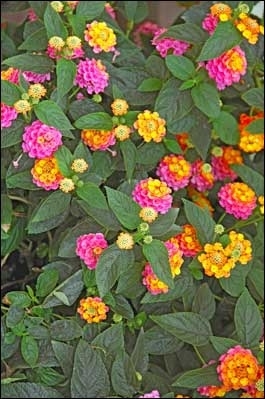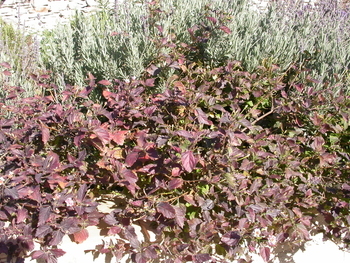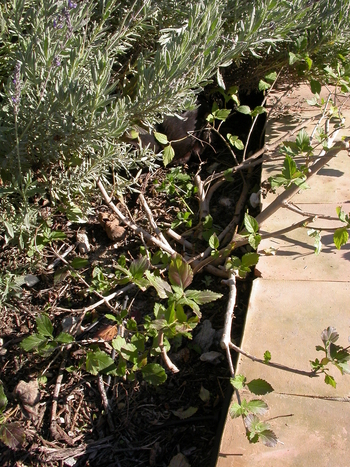

Guidelines for submitting articles to San Javier Today
Hello, and thank you for choosing sanjavier.today to publicise your organisation’s info or event.
San Javier Today is a website set up by Murcia Today specifically for residents of the urbanisation in Southwest Murcia, providing news and information on what’s happening in the local area, which is the largest English-speaking expat area in the Region of Murcia.
When submitting text to be included on San Javier Today, please abide by the following guidelines so we can upload your article as swiftly as possible:
Send an email to editor@spaintodayonline.com or contact@murciatoday.com
Attach the information in a Word Document or Google Doc
Include all relevant points, including:
Who is the organisation running the event?
Where is it happening?
When?
How much does it cost?
Is it necessary to book beforehand, or can people just show up on the day?
…but try not to exceed 300 words
Also attach a photo to illustrate your article, no more than 100kb

Jobs for March/ April - cutting back Lantanas
Lovely Lantanas

During the winter months the lantana provides an almost continual show of ecstatic colour, rightfully earning its´place as a must have for the less energetic or water conscious gardener, its´vibrant, sunny flowers offering a wealth of applications for both larger or courtyard gardeners.
As the weather warms, flower production slows, and the plant rests for the summer heat, saving it´s energy for the autumn rains and the onset of its next glorious show.

Native to the tropical Americas and Africa, the lantana is an invasive weed in many countries, and although they can be pruned aggressively to create sculptured topiary in smaller gardens, can grow to quite astonishing size if left to their own devices. We currently have a plant that has shot to nearly 3 metres in less than 2 years against a sunny, sheltered wall, and now is the time to tame these beasts and relieve them of the burden of excess foliage for the drier summer months.
Our first prunings were rather tentative, but now we have learnt to cut back hard, shaping the bush for the autumn to come, in the full knowledge that the plant will spectacularly double in size almost the moment the heat recedes and the first scent of autumn promote frenzied growth.
We tend to cut off the immediate surplus growth, then select the leading branches that will give the structure we want, before cutting out the messy mass of smaller branches that inevitably clog the centre of the plant, opening it up to light and air .
Cut to just above a leafnode or young shoot, which will stimulate side growth, and don´t worry if the plant looks a little tragic after a hard prune, they´ll thank you for it without all that excess growth to support when the water supply disappears over the summer.

Before the haircut and after. Old winter foliage often discolours and stresses, so cutting it back hard will de-stress the plant and create a better shape this autumn. We could have cut this back a lot harder and the plant wouldnt suffer.
They really are the most versatile of plants and can make marvellous groundcover, fill up ugly corners or be trained to rampage over carports or pergolas, attracting a mass of butterflies during the flowering season, their flowers changing colour as they mature, providing a kaleidoscope of colour and interest.
Fortunately for us, they´re somewhat toxic, so the sheep tend to ignore them when they break into the garden and rampage through the flowerbeds, and although they can attract the unwanted attention of blackflies, are actually harmed by the use of insecticidal soaps, so we just give them a good soaking of garlic infused water and that usually does the trick.
Don´t be tempted to take cuttings from the prunings, wait until the autumn when the weather is more favourable for winter rooting , although you could easily do a spot of creative weaving with the excess whippy shoots. In Karnataka, Southern India, these are a rampant pest, and the natives use them to weave into strong and versatile baskets, stimulating the local economy, reducing the risk of forest fire and helping the native ecosystem to recover.
Whatever your needs, you´ll find the lantana a faithful friend and loyal ally in any Spanish garden.

















































